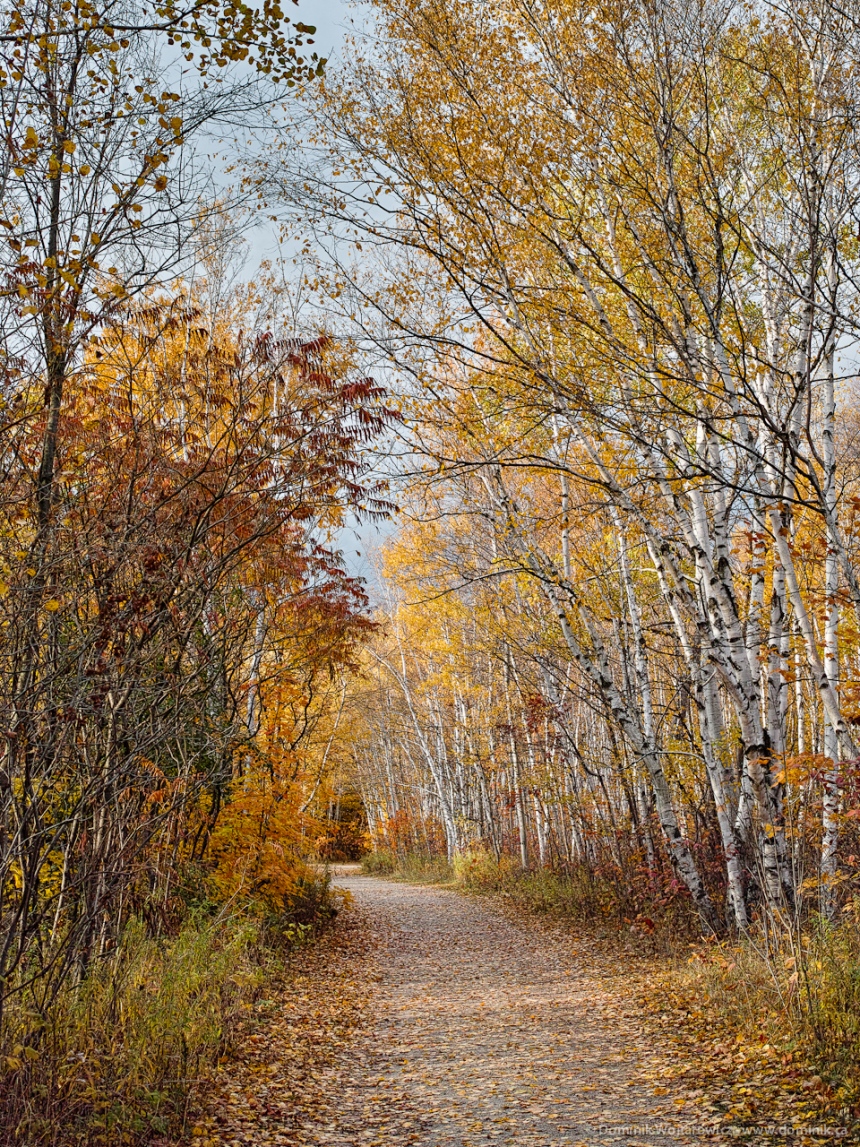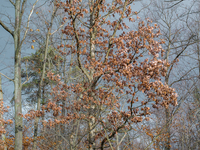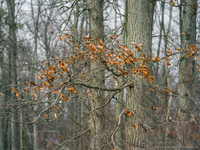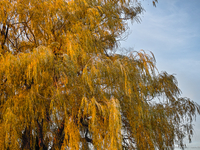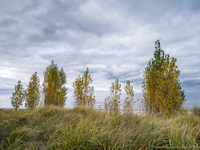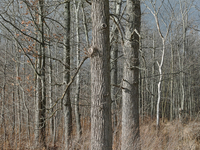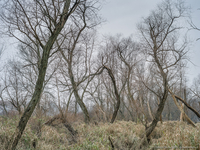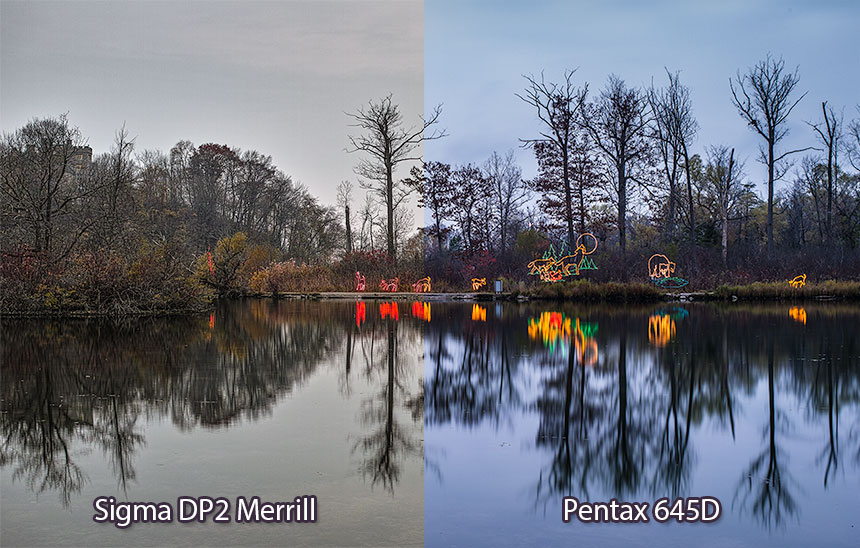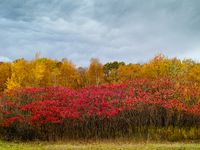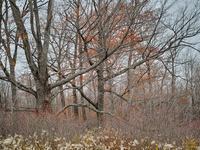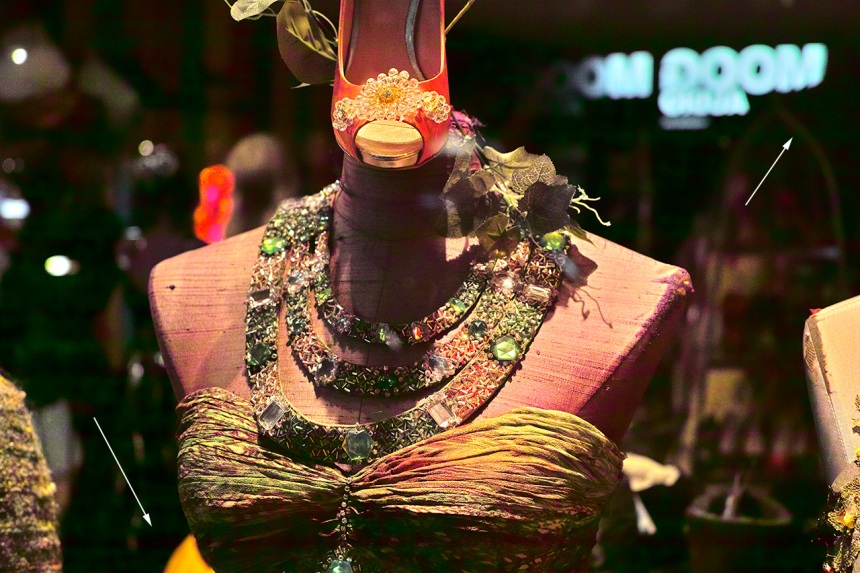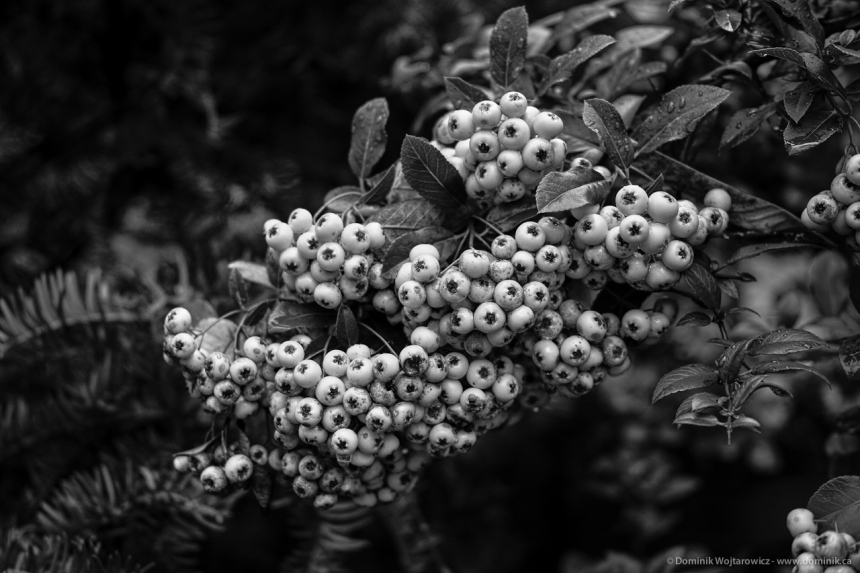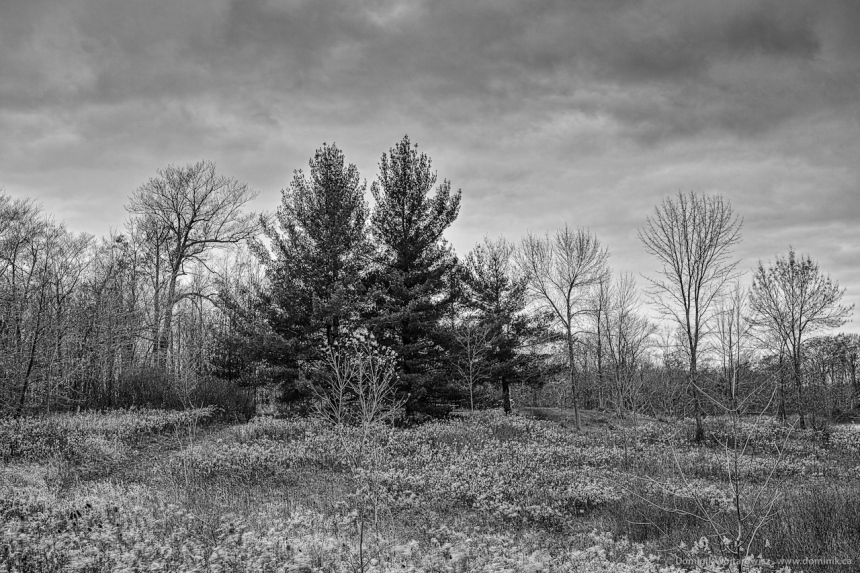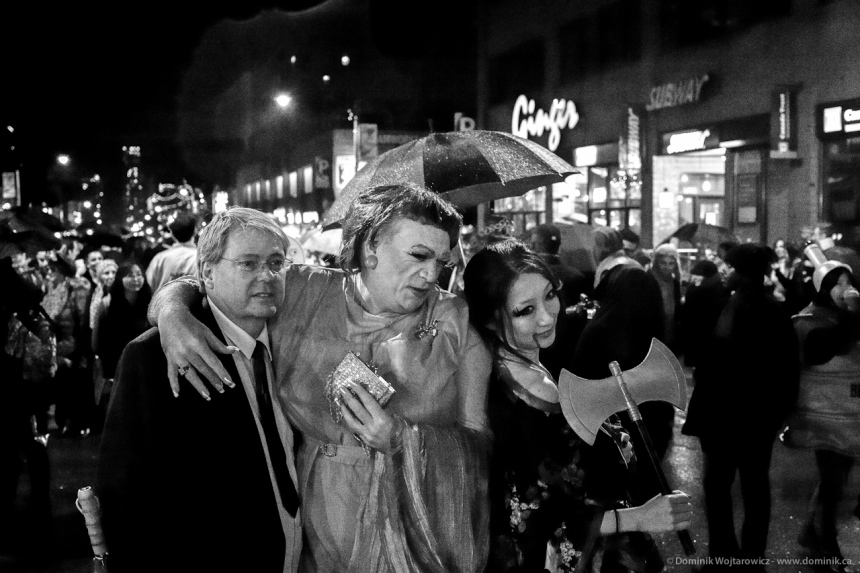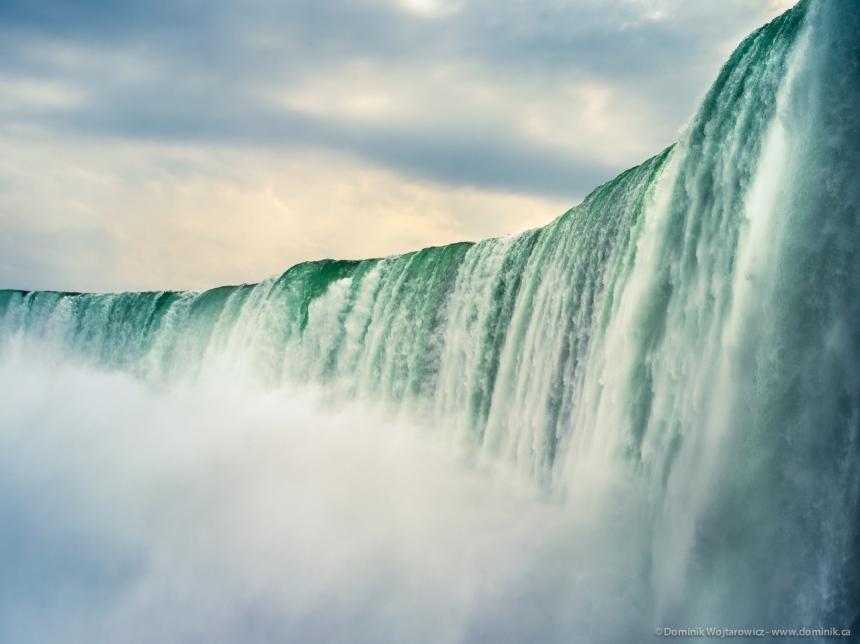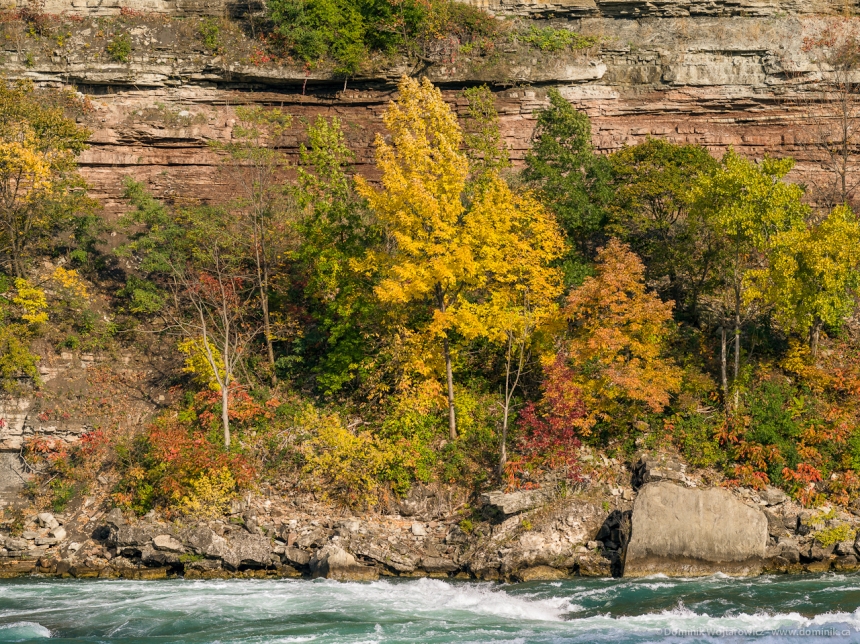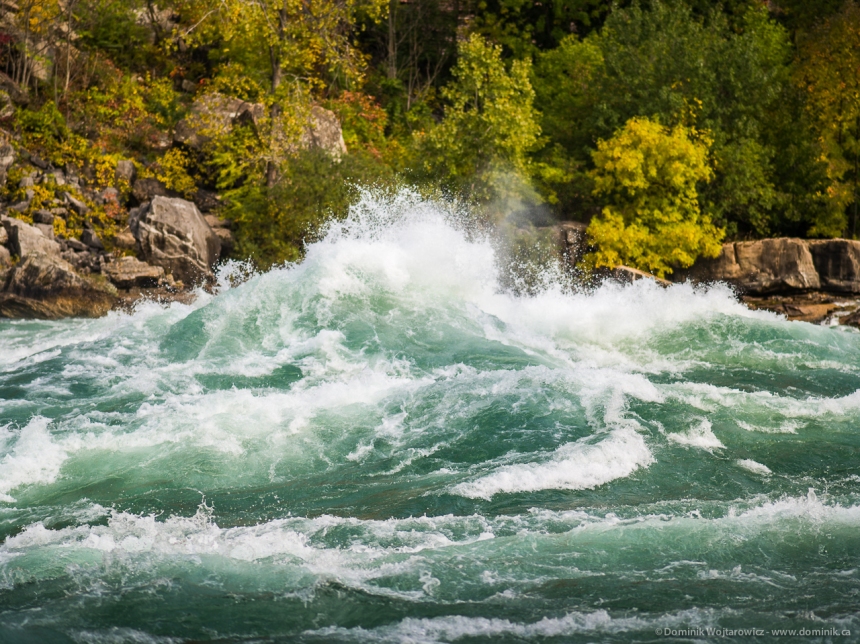
Some Background
The DP1 and DP2 Merrill Cameras are fixed lens, compact form factor cameras that use the latest incarnation of the Foveon X3 sensor technology. Both of the cameras are identical in features but come with a 19mm lens for the DP1 and a 30mm lens for the DP2.
The Sigma literature summarizes the sensor technology quite well: “The Foveon X3 Direct Image Sensor featured in Sigma digital cameras uses three layers of photodiodes to gather the entire red, green and blue colour information of light, forming the world’s one and only full colour capture system. Downstream processing of colour and luminance information is minimized to preserve the most delicate nuances of texture in this pioneering format.
Taking advantage of the characteristics of silicon, this image sensor absorbs different light wavelengths at different levels, using a structure similar to colour film. Full RGB light information is captured at each pixel location.”
On the other hand, all other sensors ranging from cell phones to high end medium format systems use a colour filter array (most commonly the Bayer matrix) where each photosite receives just one of the RGB colours. Interpolation processing in the form of demosaicing is required to create a full-colour image. This can often lead to various false colour artifacts such as moiré and typically requires the use of a low pass (blurring) filter that can effect image sharpness and micro contrast.
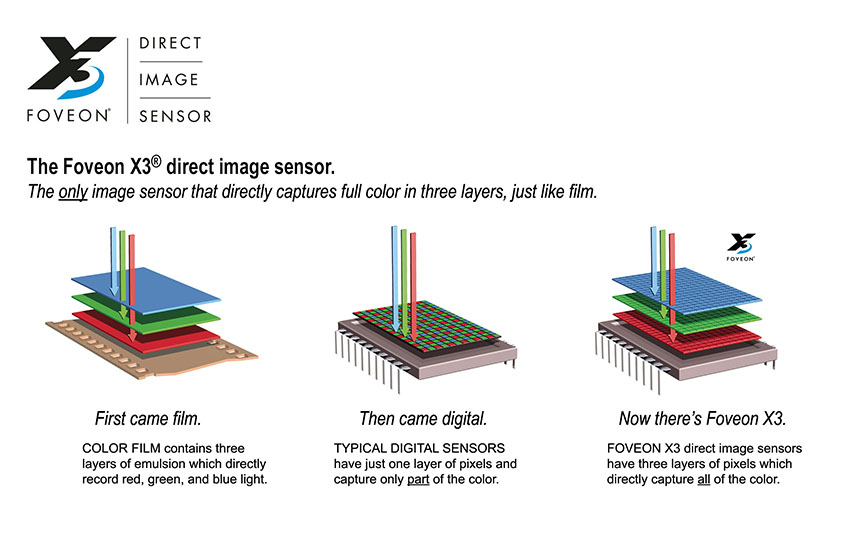
The Aesthetic of Film and Digital
Since the dawn of the CCD, there has been a raging debate over the visual qualities of digital images compared to film. While I don’t want to get deep into this, people who have grown up exposed to the visual qualities of film images subconsciously recognize the aestetic and separate it from news footage or other utilitarian image recordings. Things such as news, security cameras or video used for scientific purposes is not intended to capture any “subconscious” qualities that effect our emotions such texture, richness and subtleties of tones plus other present but hard to quantify characteristics.
Long time film shooters working in black and white and colour recognize these qualities and have always regarded digital capture as something that feels cheaper, more disposable and sterile, almost like plastic. Over the years sensors have been getting better and better, providing more resolution per square millimetre compared to film and also became much more sensitive to light than film ever was. All these qualities have over time become the norm, and so has the look of the images produced by digital sensors.
Bigger and more expensive sensors generally have higher quality pixels that look more rich if paired with the right lenses compared to the sensors found in smaller cameras. For example cell phones tend to simplify tonal subtleties due to their tiny pixels and cheap lenses, something anyone who has seen quality images from big sensors or larger film will immediately notice. Camera systems that pack many pixels into small sensors suffer from this as well. They usually satisfy the user with overall sharpness but not richness, resulting in a high resolution sharp cell phone look. This is especially apparent when representing human skin, which leads to the well known plastic mannequin look.
In some ways there has been a step backwards in certain areas of digital capture. Many call this the lack of 3D “pop” to the images, a visible quality some of the older lower resolution/big pixel sensors had. For example my old, now mostly unused Nikon D100 produces images that have less of the signature cell phone quality than my Micro Four Thirds GH2 system. In many cases heavy post production is applied to digital images form the latest cameras in order to give them a “look” because the natural scene rendering after applying the usual contrast adjustments still leaves something to be desired. This is the digital equivalent of adding a lot of spice and cheese in order to cover up low quality food. While “grading” or giving a bit of a unique signature to images has been done in the film days as well, it has been taken to some extreme levels now that the base image no longer has the intrinsic qualities it used to have.
Film to this day demonstrates that resolution, low light performance and surgical colours are not the only elements required to give images more depth. Short of digital medium format or scaled down files from something like the D800E, few smaller sensor cameras have the tonal depth and richness required for high quality fine art prints rivalling those made from 4×5 inch transparencies.
The DP2 Merrill: Science fair experiment in a box
I have purchased the DP2 version of the Sigma Merrill due to my preferences for slightly longer lenses for day to day shooting. My go to medium format lens on the 645D is the 55mm which equals to about 43.5mm on a full frame DSLR. This seems to work out well because the DP2’s 30mm lens on it’s APS-C sensor equals to about 45mm. The identical DP1 Merrill features a 19mm lens, a 28mm full frame equivalent.
The camera itself is a simplistic box with minimal controls. The important controls that one needs to use frequently are relatively easy to access but definitely not as customizable compared to some other cameras. The build quality feels good for something in this price range but is nothing out of the ordinary. The body itself does not feel that much different from the Panasonic GF1, a camera I have used extensively on my first trip to Cuba.
My general impression of the DP2 is that of a science fair project. Interesting technology developed by colour conscious nerds who don’t care about any other details besides image quality. One look at the LCD and it’s live view quickly makes one realize that this is not a product designed for the general picture taking public. At this point everyone is used to crisp displays on all their devices, especially those used to preview images. How Sigma managed to take a relatively high resolution screen and make it look like utter crap still baffles me. It seems like the jpg preview right after snapping a picture and the live view share a common internal pipeline. They both look like a point and shoot from ten years ago. On the other hand, viewing the image after it has been (very) slowly written to the card shows it in it’s stunning beauty, as if the LCD has suddenly been replaced by a much better one.
Now for the photographers who are willing to put up with all the odd quirks and obvious blunders of this camera, great rewards await at the end of the rocky road.
The great: Image quality
Wow. That was my first reaction to seeing the images from this little camera. Because of the way this unique sensor technology captures light, coupled with a truly excellent lens, the images look like a cross between transparency film and medium format digital scaled down to 15.3 megapixels. Since the True Colour Foveon X3 sensor captures 100% of red, green and blue light for each pixel, the finished image is actually assembled from 46 contributing megapixels on the sensor. This is not to say the images can be printed as large as those from a 40+ megapixel bayer sensor based medium format camera, but up to 20×30 they look surprisingly close. If judged on colour richness alone, they surpass medium format digital in some cases where the bayer based sensors struggle. There is also no sign of moiré on even the finest details such as criss crossing distant branches. This is also the first camera where I have to set the sharpening from 0 to something below, the acutance of the pixels is that high.
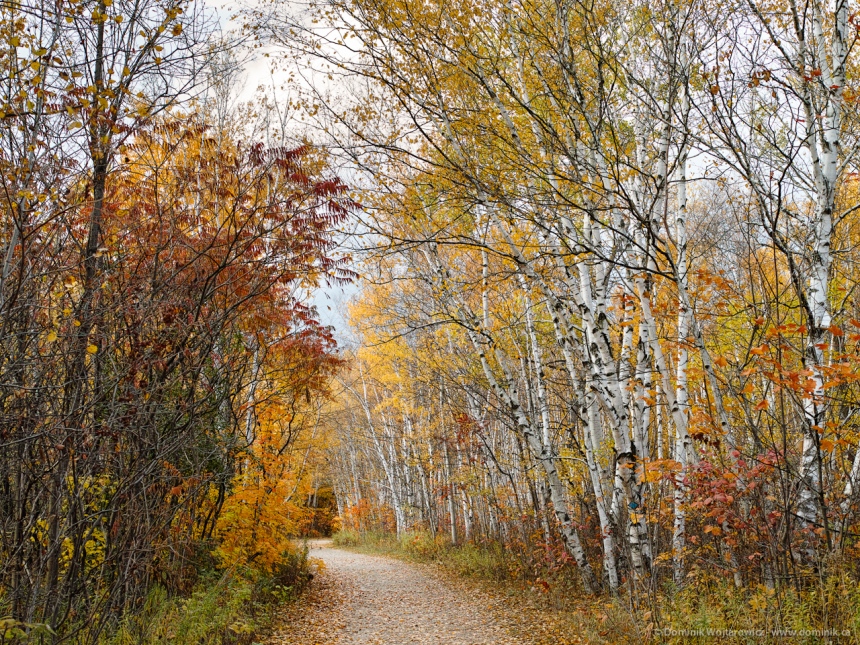
As you can see, the image quality from what is basically a point and shoot form factor camera is stunning. Both the richness of colours, especially complex earth tones such as red ochre and sienna that tend to get cheapened or get pushed into the the primaries on other sensors are very well maintained. There is also a level of micro detail I only see from the best medium format lenses used on sensors without a low pass filter. Any other camera pretty much needs to resort to supersampling (shooting at higher resolution, then scaling down for the final image) to match the per pixel detail of the DP2 Merrill.
Let’s compare a 15MP DP Merrill image to a 16MP Panasonic GH2:
Notice the way the Foveon sensor retains tonal subtleties that are lost on the GH2’s bayer matrix based sensor. Many of the tones get simplified because not enough pixels got the information. This is especially noticeable on smaller objects that cover less of the surface area of the sensor. While this may not seem as a big deal to some when looking at this crop, this difference over a whole image starts to add up.
The bad: Low light performance
Outside of a few applications (more on this below) the Merrill is basically a low ISO camera. Even at low ISO there seem to be unpredictable issues with some low level banding in some areas of the image. While 95% of the time they don’t effect the actual printed image or are not present, I wish I could track down their cause. My Initial assumption was that this is the noise base of the sensor, but having taken shots in various conditions, the banding seems to be a random affair. Another issue is major colour splotches at higher ISO’s and in dark areas of the frame. Some shots done on a tripod at 100iso can exhibit this behaviour in some circumstances I still have to pinpoint .
Black & White
Because the camera captures three full channels of colour it’s great for black and white, giving the user a choice to mix the primary colours without the need for optical colour filters . It’s also a lot more usable at high ISO in black and white than in colour due to the lack of most of the issues mentioned above.
The fugly: workflow
The biggest and for now unavoidable annoyance with the camera is the raw workflow. Sigma provides their own software, like most camera manufacturers for reading their proprietary X3F files. The software can be summed up in a single word; disaster. While I have not had many stability issues besides a few random crashes, I think the user interface, the speed and the fact a lot of settings don’t get remembered in presets is more than mildly annoying.
The colour management inside of the software is also a little hazy depending on the display you use. For example the image preview can look very different from what will come into photoshop or other properly colour managed application. There are preferences for displaying the image as sRGB, AdobeRGB, ProPhotoRGB and a few others, but there is no option for actually having the image preview conform to a custom monitor profile like in other colour managed applications.
Hopefully Adobe is working on X3F support with Sigma because the current workflow is only being put up with due to amazing quality images you can extract from the files. Another issue is having to keep the raw files and export TIFF’s for use in Lightroom or other similar applications, effectively doubling the storage needs. The Merrill raw files contain 46 or so megapixels of actual information and even with some internal raw compression they are big at 65 or so megabytes, slightly bigger than 40mp dng’s from my Pentax 645D.
On a positive note, the Merrill raw files contain quite lot of dynamic range in the highlights. I have opened some shots that had fully blown out skies and was able to recover a lot of the information. It seems like this sensor technology prefers to be exposed a little more like film, not quite the old “expose for the shadows and develop for the highlights” method but I would say there is less of a need to stare at the histogram (which on this camera is often wrong anyway) to make sure no pixel turns white.
Last word (I promise)
This is definitely not a camera for anyone who is into casual photography. It’s also not a general purpose camera for shooting flowers in your garden in the morning and taking it to the party with friends at night. The flower images would most likely look amazing but the party images would probably turn out pretty grim.
If you do most of your shooting in ample daylight or on a tripod at low ISO, treat the camera as a miniature tech camera for landscapes or are determined enough to use it for some low action street shooting, you will be amazed again and again by the quality it can deliver. I have never used anything in this price range and in this form factor that came close.



